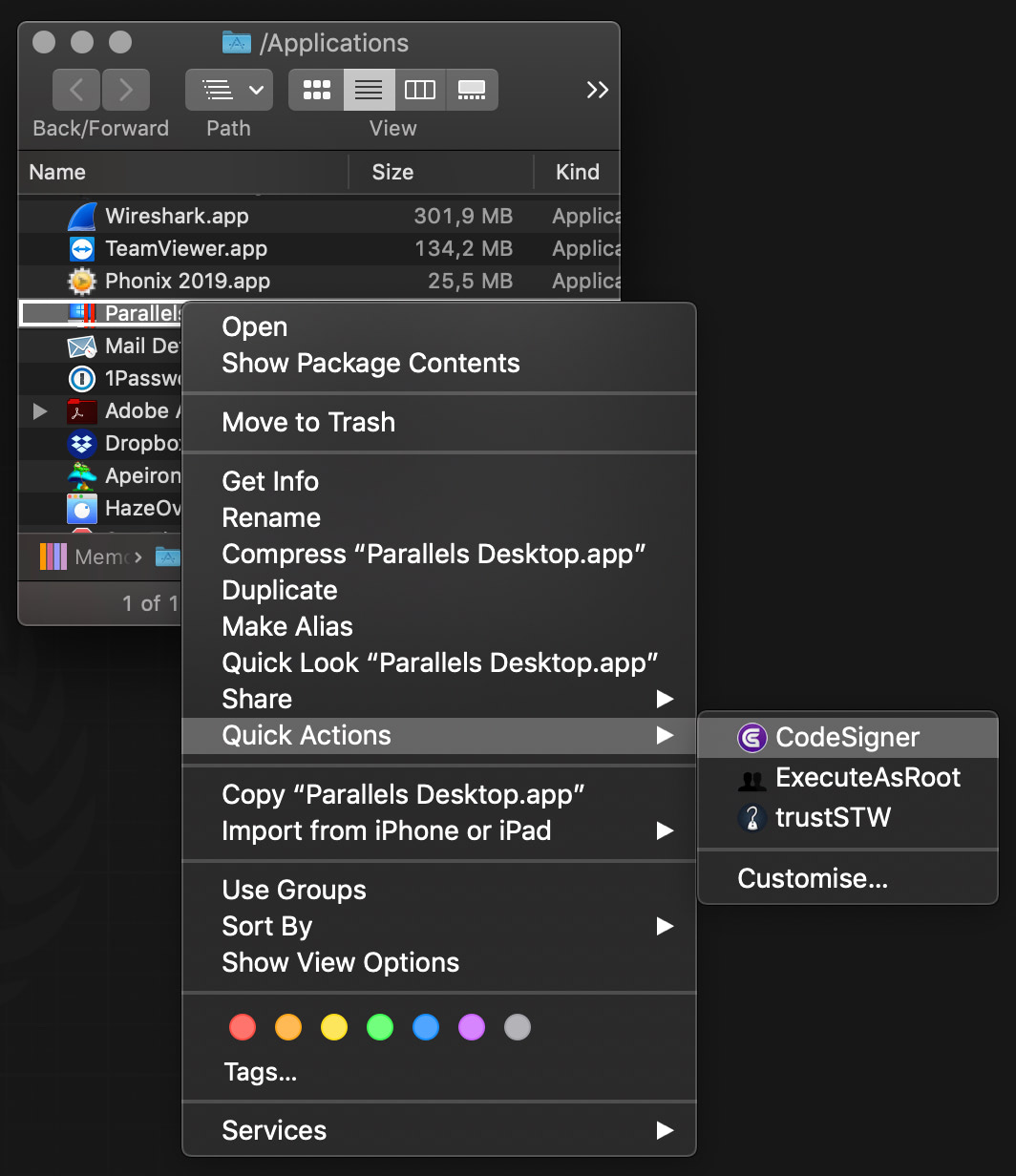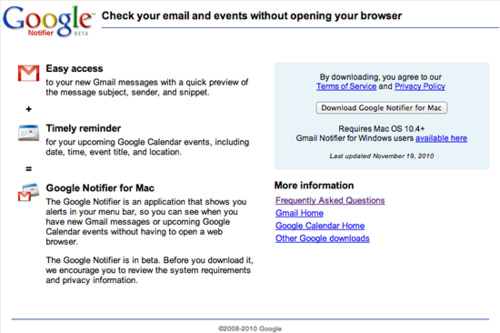
- #MAC OSX TERMINAL NOTIFIER MAC OS#
- #MAC OSX TERMINAL NOTIFIER MOD#
- #MAC OSX TERMINAL NOTIFIER CODE#
- #MAC OSX TERMINAL NOTIFIER DOWNLOAD#
Add a custom function nammed f_notifyme and expose it to iTerm using PS1 vim ~/.zshrcĤ.
#MAC OSX TERMINAL NOTIFIER CODE#
Copy and past this system script inside #!/usr/bin/env osascript on run argv tell application "System Events" set frontApp to name of first application process whose frontmost is true if frontApp is not "iTerm2" then set notifTitle to item 1 of argv set notifBody to "succeded" set errorCode to item 2 of argv if errorCode is not "0" set notifBody to "failed with error code " & errorCode end if display notification notifBody with title notifTitle end if end tell end runģ. Mmmh, sounds good but is that possible ? With iTerm & OSX 10.9+, you can do this !!ġ.Create a new command named notify $ touch /usr/local/bin/notify & chmod +x /usr/local/bin/notify $ vim /usr/local/bin/notifyĢ.
#MAC OSX TERMINAL NOTIFIER MOD#
This way you don’t need to mod terminal notifier each time there is an update.What about trying another approach ? Instead of trying to detect long-running commands, we could simply send a notification when the CLI is not in the foreground. It might be easier to just create a small app bundle that does nothing but has an ID and a custom icon and use the -sender flag. Applications/terminal-notifier.app/Contents/MacOS/terminal-notifier -title "Custom Icon Test" -message "This icon replaced the default icon." Move the app bundle to the Applications folder and test with the following command: Drag the icon to the App Icon under the General tab of the project replacing the current Terminal.icns App Icon.
#MAC OSX TERMINAL NOTIFIER DOWNLOAD#

If you just want to mod an icon it is worth noting that iconutil can also work in reverse and create the icon set folder and individual images from a single icns file: Place all the png files except icon_raw.png into one folder and rename the folder icon.iconset then run Note this is not how you should create high DPI icons. In order to create the icns file the icon is needed in multple sizes, as this is a simple shape these can easily be created by adjusting the size in preview and saving as the appropriate file. Repeat this step for any other background regions. select the instant alpha tool and drag over the white region to become the alpha chanel and delete.Open the file in Preview, and show the edit toolbar.Save as Picture, and set size to 1024×1024 in the options and save as a PNG file called icon_raw.png.create a text box with a single red fleuron and set the type size to fill the whole canvas with a small white border.Change the dimension to custom in page setup and set height and width to 10 cm.Create an empty slide in powerpoint with a white background.Unfortunatly as I don’t have access to Illustrator at the moment so I had to make to with powerpoint.

Ideally I would fire up illustrator and create an nice set of icons with a subtle colour gradient. As for the favicon and IOS bookmark icon for this site I though I would use a fleuron. Since OS 10.8 icons contain icons of up to 1024×1024 (actually for retina high DPI displays).
#MAC OSX TERMINAL NOTIFIER MAC OS#
Applications/terminal-notifier.app/Contents/MacOS/terminal-notifier -title "The Title" -message "The contents of the message."Īlthough this is a command line utility in order to be recognised by Mac OS and take the icon it needs to be bundled as an app. I found this command line tool called terminal-notification which sends notification to the systems: Although I hace being disturbed by system notifications, I don’t mind them if they are from me telling my my webserver is down or my temperatureing logging has failed. One solution is to create a status script which output some test which is display on my desktop using GeekTool. Will all my automation scripts I needed an easy way to monotor their status.


 0 kommentar(er)
0 kommentar(er)
